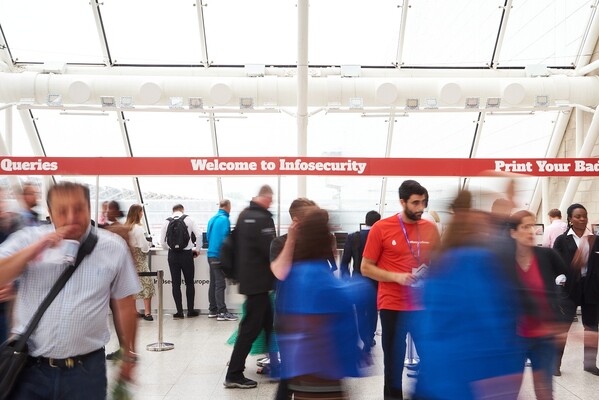Seeing sense with SASE

Joel Cunningham at Daisy Corporate Services argues that the Secure Access Service Edge (SASE) model is the best solution to combat network complexity
In 2024, user-centric network access should be a pre-requisite for most organisations. The rise of remote working and popularity of edge devices mean employees are connecting to enterprise networks and sharing data from more locations, and more devices, than ever before.
But for IT and security leaders, trying to fortify network security measures across a multitude of devices and locations remains a challenge.
In a recent study, 71% of organisations stated that cyber-security threats are currently their biggest network challenge, and 69% confirmed network security threats have increased during the last 12-18 months.
Given the modern workforce demands, traditional network security models with centralised security services in place to manage corporate networks are increasingly becoming obsolete.
With rising costs of data breaches experienced by UK organisations, the need for new approach to protect networks and allow users to securely work from anywhere is clear.
Network and security convergence
Gaining momentum is the Secure Access Service Edge (SASE) model, with Gartner predicting the SASE market will grow to reach $25 billion within three years.
SASE represents a significant shift from the conventional, perimeter-centric security strategies in favour of a holistic, cloud-native approach. SASE combines software-defined wide area network (SD-WAN) with network security functions, such as software-as-a-service (SaaS) or firewall-as-a-service (FWaaS).
With network and cloud-native security technology delivered as one service, organisations interact with a centralised platform to manage and protect their network infrastructure. And as the SASE model requires little to no hardware, it operates independently of employee and resource location.
How does SASE help
As a cloud-native solution, SASE is designed to address the risks posed by distributed users and always-on applications. It prioritises protecting sensitive data and mitigating attacks such as man-in-the-middle interceptions (MITM).
MITM attacks often target organisations with a large user base for maximum impact. They are also designed to stay undetected for as long as possible, which makes it particularly damaging for the target. In 2021, 10,000 Microsoft customers were targeted with phishing emails to carry out a MITM attack and harvest user credentials. This information was used to gain access to organisational accounts and redirect funds.
SASE services also provide secure encryptions for all remote devices and apply rigorous inspection policies for public access networks, such as public Wi-Fi. Privacy controls can also be enforced by routing traffic to a point of presence (PoP) in a specific region.
With a consolidated view of network activity, security teams can rely on a single source of truth to achieve timely threat detection and decide on appropriate responses. This directly combats the current complexity that many organisations struggle with.
Employees and users will also notice a difference, as the cloud-based architecture of SASE helps to optimise network performance ensuring uninterrupted access to critical applications.
Planning for change
The SASE model represents a fundamental change in how networks and security are managed, meaning organisations need to ensure existing systems and practices are effectively integrated.
To implement an effective SASE model, organisations should start with an assessment of current infrastructure, security policies and compliance regulations. Developing a clear plan for the teams involved, including security and network teams who must work together, that shares timelines, responsibilities, and targets, will also help.
With network and security stakes high, many organisations are opting to work with specialist partners as they transition to SASE. Partners can offer organisations a bespoke route to success that meets their specific security and business objectives.
As the complexity of modern networks shows no signs of slowing, organisations must prioritise modern solutions to protect the needs of distributed workforces. With this in mind, SASE increasingly makes sense.
Joel Cunningham is Head of Connect at Daisy Corporate Services
Main image courtesy of iStockPhoto.com and piranka

Business Reporter Team
Related Articles
Most Viewed
Winston House, 3rd Floor, Units 306-309, 2-4 Dollis Park, London, N3 1HF
23-29 Hendon Lane, London, N3 1RT
020 8349 4363
© 2025, Lyonsdown Limited. Business Reporter® is a registered trademark of Lyonsdown Ltd. VAT registration number: 830519543





